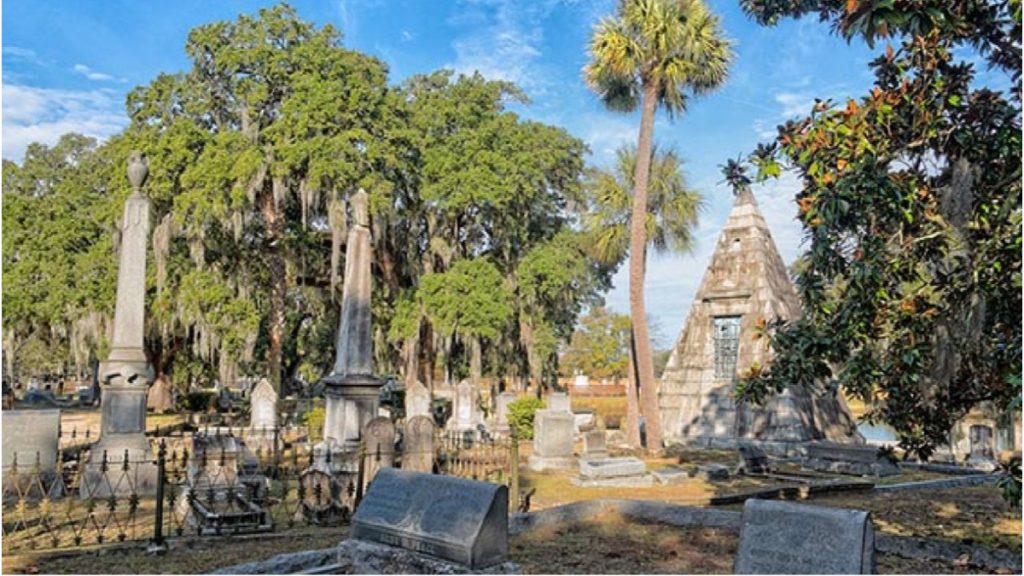Historic Cemeteries and the Art of Memorial Architecture in South Carolina
Cemeteries are more than final resting places; they are enduring testaments to history, culture, and artistic expression. In South Carolina, historic cemeteries tell stories of triumph and tragedy through their architecture, monuments, and landscape design. From grand mausoleums and intricate statuary to simple headstones bearing centuries-old inscriptions, these sacred spaces serve as outdoor museums, reflecting their time’s social and artistic values.
The Architectural Significance of Historic Cemeteries
Cemetery architecture in South Carolina spans centuries and encompasses various styles. Some burial grounds, such as Charleston’s Magnolia Cemetery, were influenced by the rural cemetery movement of the 19th century, which emphasized park-like settings and picturesque landscaping. This movement, inspired by European traditions, sought to create spaces that were both places of mourning and serene environments for contemplation.
Other cemeteries, such as Elmwood Cemetery in Columbia, display Gothic Revival and neoclassical design elements, with ornate tombstones, obelisks, and mausoleums evoking themes of eternity and remembrance. Many gravesites include elaborate wrought iron fences, symbolic carvings, statues of angels, weeping figures, and urns draped in fabric—all reflecting Victorian-era sentiments about death and the afterlife.
Notable Historic Cemeteries in South Carolina
- Magnolia Cemetery (Charleston, SC) Established in 1850, Magnolia Cemetery is one of South Carolina’s most architecturally and historically significant burial grounds. Designed with winding paths, reflective ponds, and grand tombs, Magnolia follows the principles of 19th-century garden cemeteries, blending nature with neoclassical and Gothic architectural elements. The cemetery is the final resting place for notable figures, including Confederate generals, poets, and statesmen.
- Elmwood Cemetery (Columbia, SC) Founded in 1854, Elmwood Cemetery is one of Columbia’s largest and most historic burial sites. It contains elaborate Victorian monuments and more modest gravestones, providing insight into the city’s diverse past. Notably, Elmwood includes an African American burial section, reflecting the complex history of segregation in South Carolina’s cemeteries.
- Bethany Cemetery (Charleston, SC) Bethany Cemetery, established by Charleston’s German Lutheran community in the 19th century, features striking examples of Gothic and Romanesque Revival architecture. Its collection of intricately carved headstones and towering monuments illustrates the artistic influences of European immigrants in South Carolina.
- St. Philip’s Church Cemetery (Charleston, SC) St. Philip’s Church Cemetery is one of the oldest in the state, dating back to the 1680s. The gravestones here include some of the earliest examples of funerary art in South Carolina, showcasing classical inscriptions and maritime symbols that reflect Charleston’s colonial-era history.
Symbolism in Memorial Architecture
Many headstones and monuments in South Carolina’s cemeteries feature symbolic elements that convey messages about life, death, and the afterlife. Inspired by ancient Egyptian architecture, Obelisks symbolize strength and endurance, while angels represent guardianship and spiritual passage. Draped urns signify mourning, and broken columns indicate a life cut short.
These artistic elements honor the deceased and provide insight into changing attitudes toward death over time. During the Victorian era, cemeteries were seen as places of remembrance and reflection, leading to more elaborate memorials and landscape designs.
Preserving South Carolina’s Historic Cemeteries
While historic cemeteries hold immense cultural and artistic value, many face neglect, vandalism, and urban development threats. Organizations such as Preservation South Carolina and the South Carolina Historic Cemetery Association work to document and protect these sites, ensuring they remain part of the state’s architectural and cultural heritage.
By preserving and studying historic cemeteries, we gain a deeper appreciation for the artistry, history, and traditions that shaped South Carolina’s communities. These sacred spaces remind us that architecture is not just about buildings but also about the structures that help us remember, honor, and connect with the past.
For more on this topic, see:
Magnolia Cemetery – Charleston, SC
Elmwood Cemetery – Columbia, SC
South Carolina Historic Cemetery Association
IMAGE

Magnolia Cemetery – Charleston, SC

